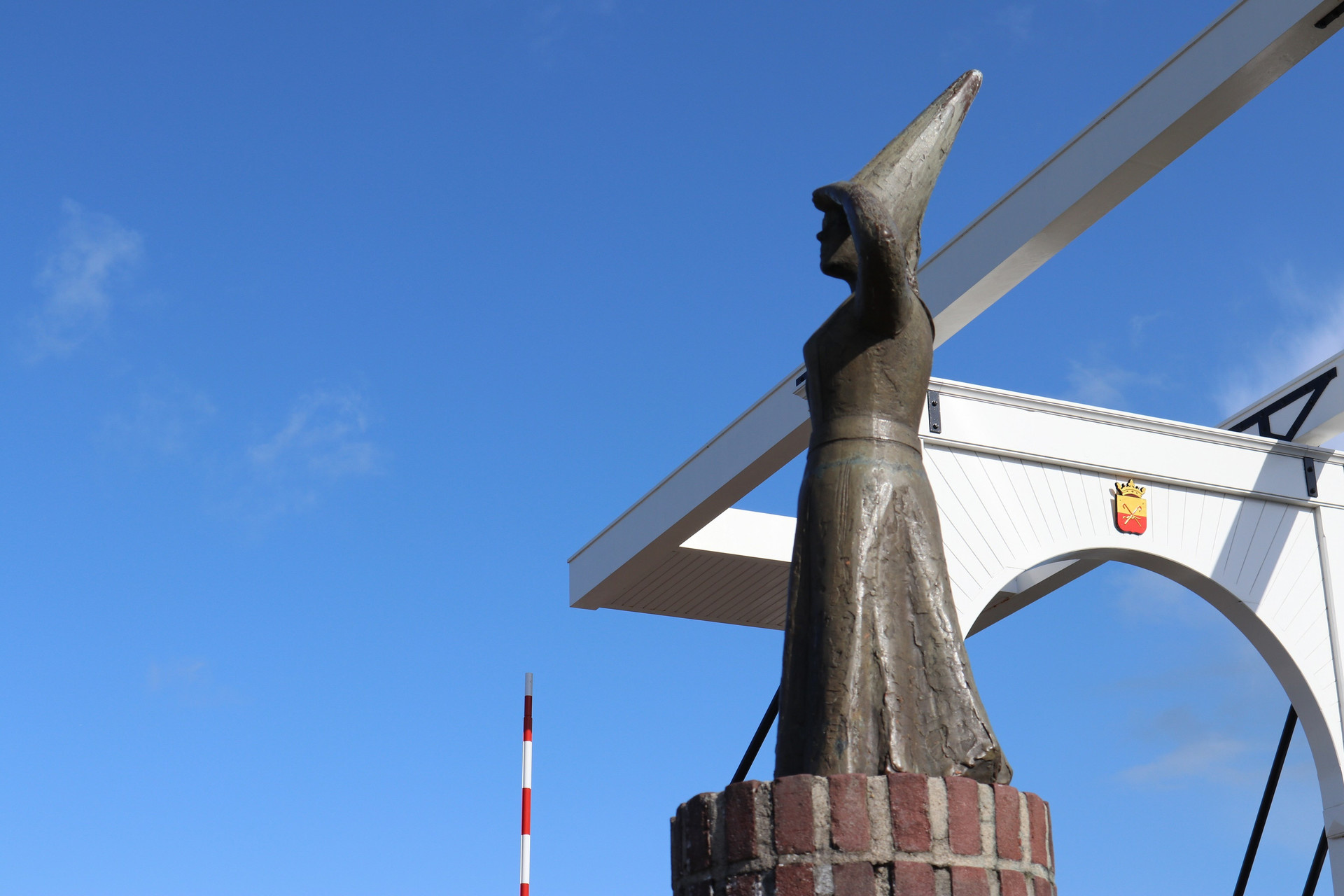
The female of Stavoren
In 1285, Stavoren became a member of the Hanseatic League. At the end of the Middle Ages, however, the city fell into decline. An internationally circulating saga, linked to the female of Stavoren, is supposed to explain this decline. In reality, the downfall of the Hanseatic city lay in the rise of cities such as Antwerp and later Amsterdam, in the late 16th century. Trade routes were diverted and the harbor silted up. Moreover, the port of Stavoren had become too small for the large Dutch ships.
The Vrouwtje van Stavoren or The Widow of Staveren (Frisian: Starum) is a saga that did not take its current form until the 19th century.
One version of the saga tells of a wealthy merchant widow in Stavoren who lived in a house with gold floors and silver walls. She owned more ships than all the town's merchants combined and grew richer by the day. Despite her enormous wealth, she was not satisfied; she wanted the most precious possession that could be found and sent a boatman out to get it. The latter came home after a long search with a cargo of grain from Danzig, which seemed to him more valuable than gold. The female did not see it as the most valuable thing in existence. Enraged, she asked, "On which side did you receive the grain?" "On the starboard side," "Then throw it into the sea on the port side!" A passerby who heard this told her not to do so; should she ever fall into the begging position herself, the grain would appear gold to her. At this she removed the gold ring from her finger and threw it into the sea with a great arc. One day one of her servants came to her with a caught fish, with in its stomach her own gold ring. From then on, her fate turned. Finally, she ended up in great poverty.